This is the new DJI Neo, and this is the gauntlet. Do you want to purchase DJI Care Refresh? Yeah, we’re going to need that. The test has three core components:
- A crazy tree tunnel to follow me through
- A middle stage with some complexity but some easiness
- Open areas for high-speed tests
If I haven’t killed it yet, we’re going to go trail running deeper into the woods to see how well it works. I’ve been doing sports follow drone testing for about a decade now, and now it’s the Neo’s turn. The question is: will it get to the finish? Keep in mind, only one previous DJI drone has done that—the DJI Mini 3 Pro.
Test Setup
This is definitely not sponsored by anyone. I bought this drone myself, including the Care Refresh package. The Neo doesn’t require any phone to track you or control it. However, I’ve got the phone on the handlebars here merely so you can see what the drone is seeing. It doesn’t assist in tracking in any way; it’s simply there for me to monitor and tweak if needed. Otherwise, you can go out with just the controller and no phone at all.
Initial Flight Test
I’m going to choose the follow mode here: Rocket, Spotlight, Direction follow. I’ll long-hold this for a couple of seconds, and up it goes. Medium follow, 3, 2, 1. You heard it say “medium” and “follow.” I’m going to adjust its elevation so you can see better, not just my backside the entire time. That’s one of the benefits of using the phone to make those little adjustments. Otherwise, you just have basically three elevations: low, medium, and high.
Tree Tunnel Challenge
We’re going through the tree tunnel at about 20-25 km/h. You can see it’s starting to lose me at times, and I have to slow down. The little rectangle around me identifies me as a person to track. It briefly lost GPS in here, which is strange because this isn’t a hard scenario.
Reacquisition Test
When I lose the drone, I go back to find it. Like a little dog, it’s happy to see me again. The reacquisition portion is much better than past DJI drones. It actually does a little look around; it’s almost like it’s smart.
Crash Durability
The Neo has no obstacle avoidance sensors at all. It’s simply using the camera to track you. We’re really judging it on four core things:
- Does it track you well without losing you?
- Is the video shot and footage usable from a tracking standpoint?
- When it loses you, does it try to reacquire you?
- When it hits trees, is the drone durable?
Direction Track Mode
There’s a Direction Track option where you can put the drone out in front of you or somewhere else, and it’ll follow you from that direction. However, for cycling, the Direction Track piece isn’t great, so we need the controller for adjustments.
Speed Tests
There are three listed top speeds on the Neo:
- 6 m/s (21 km/h) in normal mode
- 8 m/s (28.8 km/h) in sport mode
- 16 m/s (57.6 km/h) in manual mode (for FPV flying, not tracking)
In our tests, the drone struggled to keep up consistently above 20 km/h in tracking mode.
Running Tests
For running, the Neo performed impressively in follow mode, managing to navigate through tight turns and obstacles. However, the Direction Track mode struggled with anything faster than a walk.
Conclusion
The DJI Neo is cool and durable. I’ve crashed it 15-20 times today alone, and it’s still functioning. However, it’s too early to know how well it will hold up over time compared to competitors like the Hover X1. Both drones have their specialty areas. DJI excels in general drone features, while Hover X1 has more mature tracking features in its small form factor.
Stay tuned for my complete comparison between the Neo and different Hover drones, as well as a comprehensive DJI Neo beginner’s guide coming soon.
Discover more from DroneXL
Subscribe to get the latest posts sent to your email.

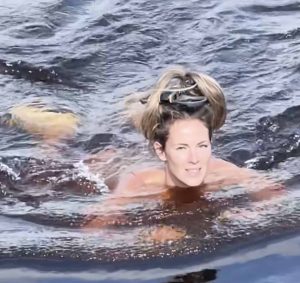
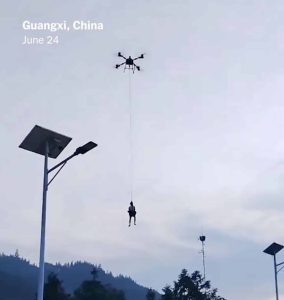
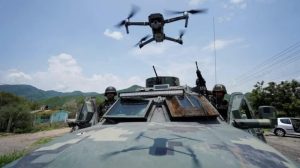

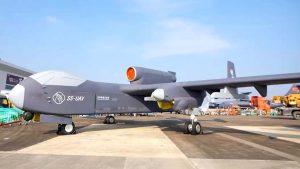
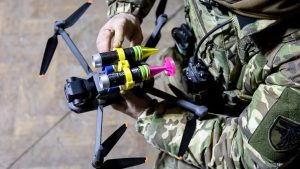

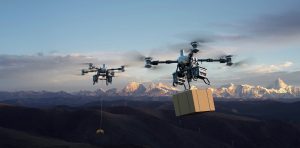


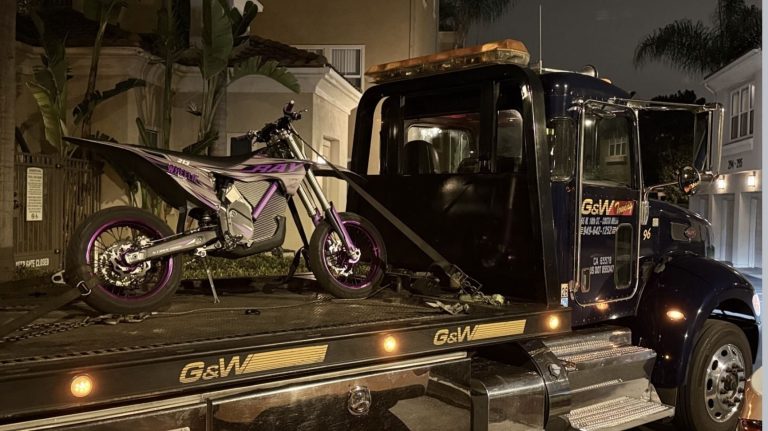

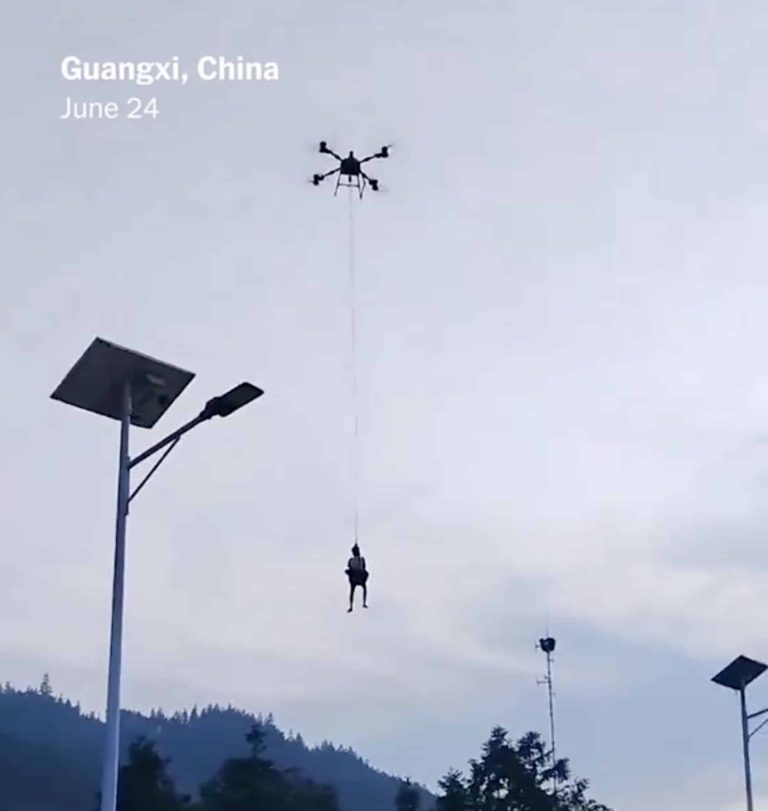
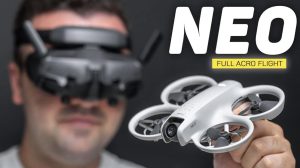
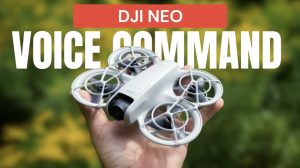
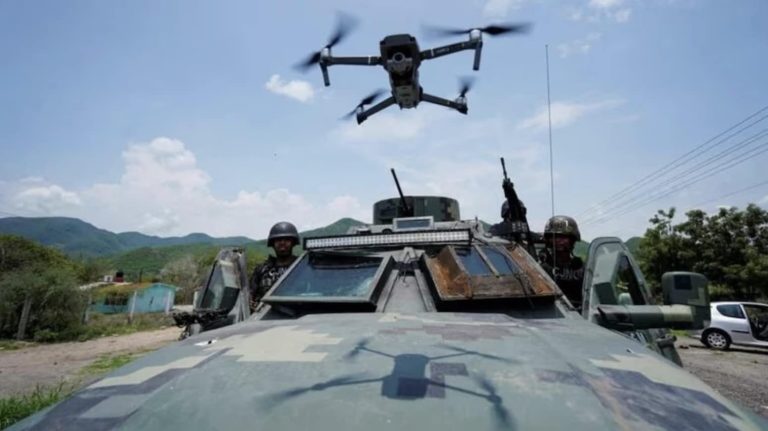
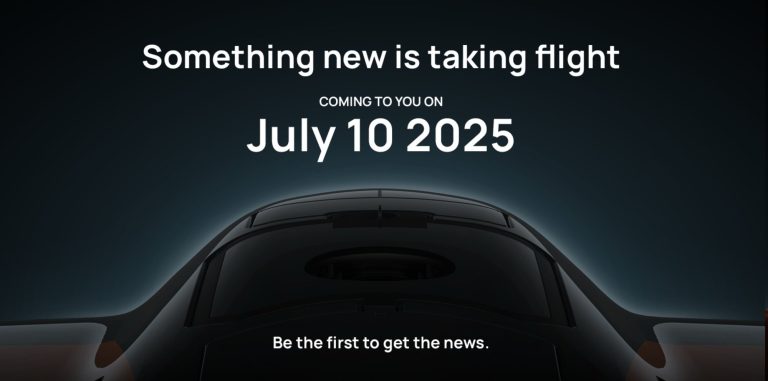
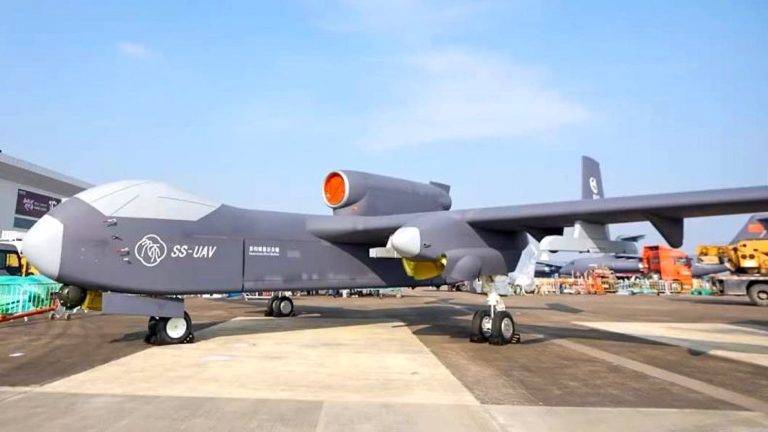


+ There are no comments
Add yours